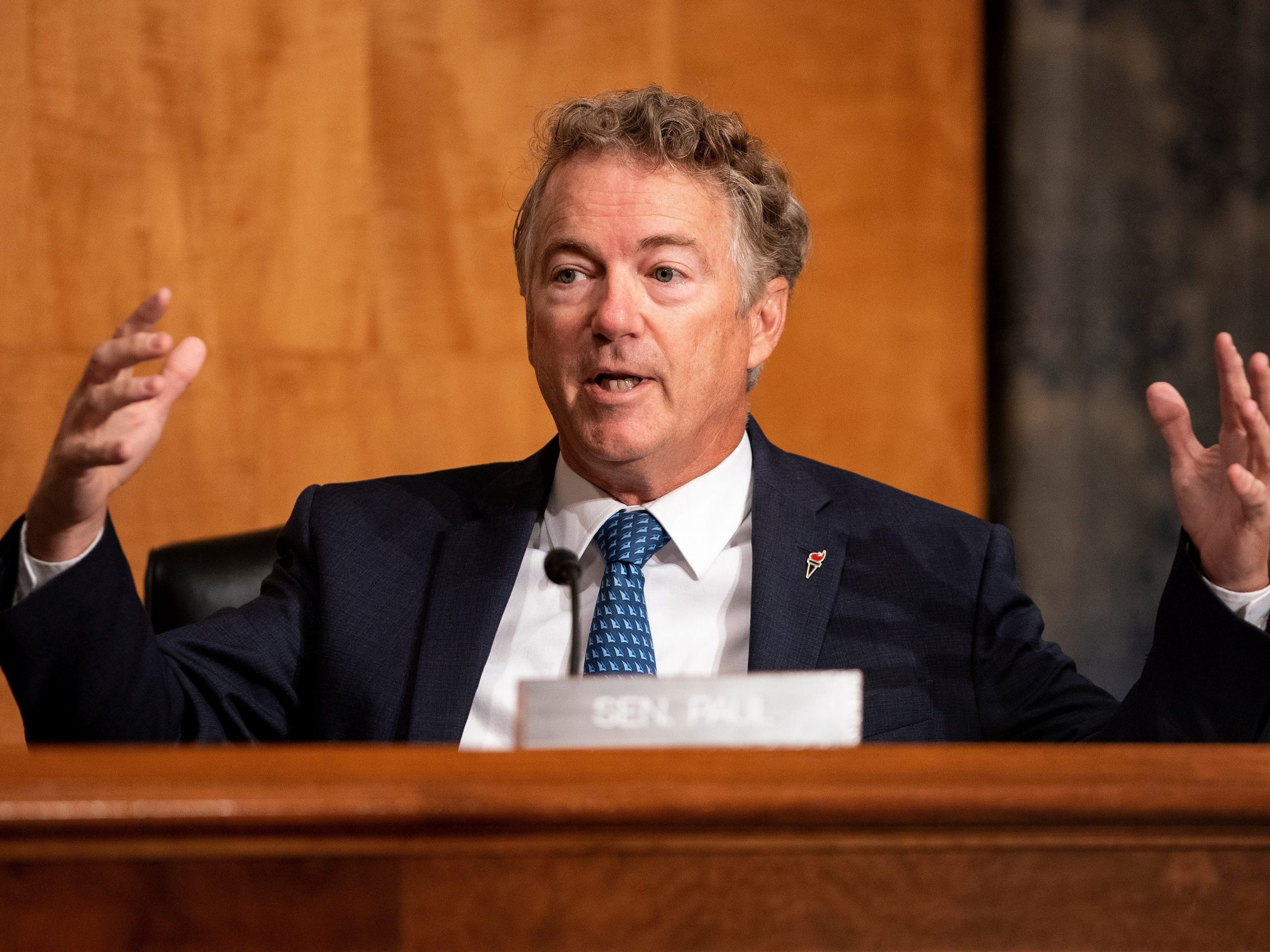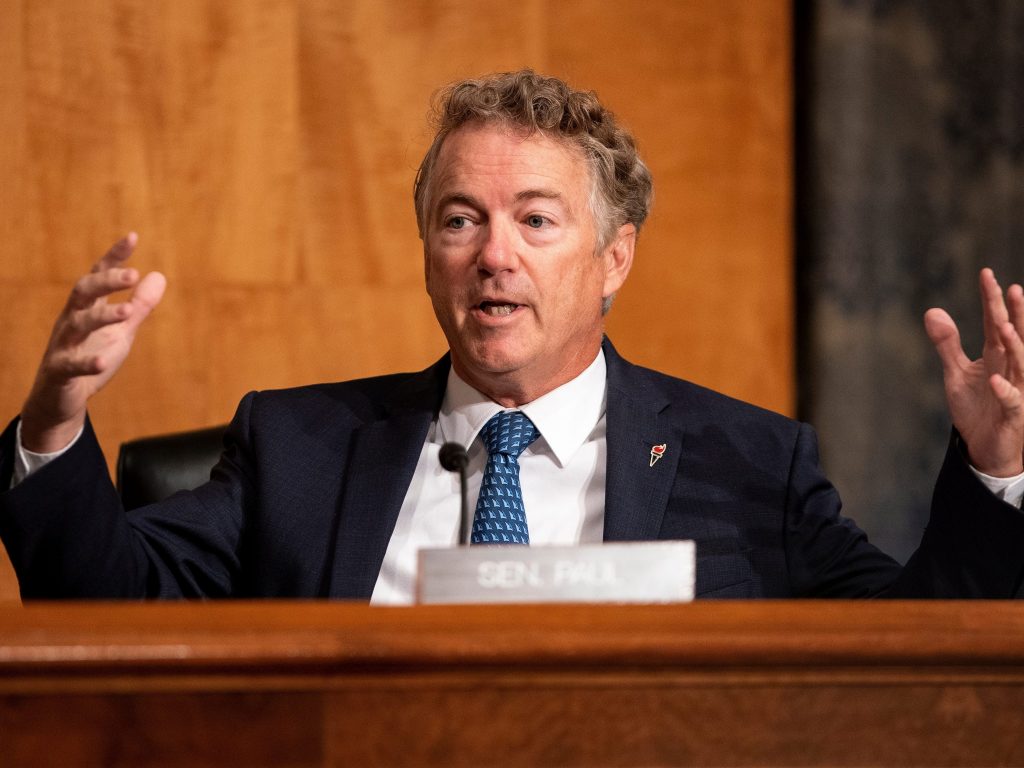
Greg Nash/Pool/Getty Images
- Sen. Rand Paul's "leadership PAC" spent just 12% of its funds on political activity.
- Instead, Paul spent $18,000 on Uber rides, $13,000 on meals, and thousands on luxury resorts.
- Watchdogs say that leadership PACs, intended for political fundraising, often become "slush funds" for lawmakers.
- See more stories on Insider's business page.
Republican Sen. Rand Paul of Kentucky, the libertarian former presidential candidate, has spent thousands of dollars intended for political activity on lavish expenses at golf clubs and resorts.
That includes $23,000 on airfare, $14,000 on lodging, and $13,000 on meals from January 2019 and December 2020. In total, Paul spent $990,000 during that same period.
Other expenses include:
- $18,000 on Uber rides
- $4,000 on Amtrak train tickets
- $2,300 for expenses associated with golf courses and country clubs, including $680 at Trump National Golf Club in northern Virginia
- $1,900 at The Breakers, a five-star resort in Palm Beach, Florida,
- $1,500 at the Inn at Perry Cabin in St. Michaels, Maryland.
- $820 for baseball tickets at Nationals Park
- $760 at the Salamander Resort, a luxury resort and spa in Middleburg, Virginia.
- $710 at Chateau Elan, which calls itself "North Georgia's premier destination resort."
Altogether, Paul's "Reinventing a New Direction" leadership PAC (aka RANDPAC) spent just 12% of its funds on strictly political activities – donating to other candidates and political groups – while spending the rest on a mixture of consulting fees, administrative expenses, and of course, lodging, transportation and meals. That's the smallest percentage spent on politics by any senator that did not retire in 2020.
But what is a leadership PAC? 92% of all members of Congress have one, ostensibly using them to raise money and contribute to like-minded candidates and causes.
That's according to a new report on "leadership PAC" spending from Issue One and the Campaign Legal Center, two groups that track the influence of money in politics. The report also found that the average member of Congress spent just 70% of their leadership PAC funds on politics, while 120 members spent less than 50% of their funds on political activity.
A spokesman for Paul's campaign did not dispute the watchdog groups' findings, but said the spending shows that Paul's PAC is different than others.
"The purpose of RANDPAC is to support candidates Sen. Paul likes for office and promote the issues that he cares about that make him a different kind of Republican," Jake Cox, a spokesman for Paul's campaign, said in an email. "It also brings together activists and donors from around the country who believe in his message of liberty and action for a movement to elect leaders to office. So his PAC is a little different from his peers."
He added: "That being said, as reports will show in a few weeks, Senator Paul has given nearly $200,000 in contributions to other candidates just this year, with many more coming as the cycle moves on."
In 1978, Democratic Rep. Henry Waxman got approval from the Federal Election Commission for their creation for these purposes, but due to lax rules around spending, they are often used in practice as what watchdogs label a "slush fund" for lawmakers to pay for boondoggle expenses. Waxman has since said that the abuse that these PACs face is a "loophole that ought to be closed."
"Too many members of Congress are using leadership PACs to enrich themselves," said Adav Noti, senior director for trial litigation and chief of staff at Campaign Legal Center. "When candidates use funds given by donors for personal expenses, the risk for corruption is heightened - it raises concerns that wealthy special interests, expecting favors in return, are aiding what is essentially a slush fund that allows an elected official to live a lavish lifestyle."
